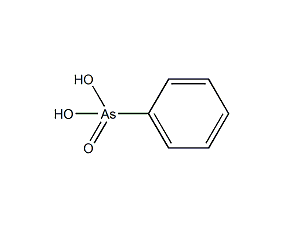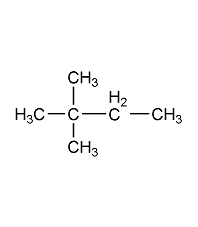The mechanism of action of dioctyltin dilactate in plastic processing
Dioctyltin dilactate (DLTOS), as a special type of organotin compound, plays a vital role in the plastic processing industry. Its application mainly focuses on its function as a catalyst and stabilizer, optimizing the processing performance of plastics, enhancing their physical properties, and extending the service life of the product through a unique chemical reaction mechanism. The following is a detailed analysis of the mechanism of dioctyltin dilactate in plastic processing.
1. Catalytic mechanism
Catalysis of esterification reaction
During plastic processing, especially when producing polymers such as polyvinyl chloride (PVC) and polyurethane (PU), dioctyltin dilactate participates in esterification reactions as an efficient catalyst. When alcohols and acids need to be converted into corresponding esters (such as the production of plasticizer DOP), DLTOS can significantly reduce the activation energy of the reaction and accelerate the formation of ester bonds. The mechanism is that the tin atoms in the organotin molecules have good electrophilicity and can effectively combine and activate acid or alcohol molecules to promote the coupling reaction between them. In addition, the long-chain alkyl (octyl) structure provides a steric hindrance effect, which helps to directionally arrange the reactants and improve the selectivity and efficiency of the reaction.
Polymerization Catalysis
In polyurethane synthesis, dioctyltin dialactate can catalyze the reaction between isocyanate (-NCO) and hydroxyl group (-OH), promoting the formation of prepolymers and the growth of polymer chains. Its unique structure can stabilize intermediates, reduce side reactions, improve the molecular weight and chain regularity of the polymer, thereby enhancing the physical and mechanical properties of the material.
2. Stabilization mechanism
Inhibit thermal degradation
During the processing and use of PVC, due to the influence of high temperature and shearing force, the HCl removal reaction easily occurs, resulting in discoloration and embrittlement of the material. As a thermal stabilizer, dioctyltin dilactate can capture free radicals triggered by heat and prevent the chain degradation reaction from proceeding. Its organotin structure can form a stable complex with unstable chlorine atoms in the PVC chain, effectively inhibiting the release of HCl, thereby maintaining the transparency and mechanical properties of the material.
Photostabilization
DLTOS also has certain photostability, can absorb and quench ultraviolet energy, and reduce the damage of ultraviolet rays to polymer chains. This helps prevent aging and discoloration of plastic products under long-term sunlight and extends their service life.
3. Affects mechanical properties
Dioctyltin dilactate significantly improves the hardness, strength and toughness of the material by promoting cross-linking between molecules and increasing the network density within the polymer. This cross-linking effect not only improves the initial mechanical properties of the material, but also enhances its stability and durability in harsh environments (such as high temperature and high humidity).
4. Environmental and safety considerations
Although dioctyltin dilactate exhibits excellent performance in plastic processing, its use also requires environmental and safety considerations. Organotin compounds may accumulate in organisms and pose a potential threat to ecosystems. Therefore, its production and use should comply with strict environmental regulations and take effective control measures, such as rationally designing formulas to reduce dosage, optimizing production processes to reduce emissions, and ensuring proper handling and recycling of waste materials.
Conclusion
The mechanism of action of dioctyltin dilactate in plastic processing involves its use as a catalyst to accelerate esterification and polymerization reactions, and as a stabilizer to inhibit heat and light-induced degradation, thereby comprehensively improving the processing performance, physical properties and service life of plastic products. While enjoying the many benefits it brings, we should also pay attention to its environmental protection and safety, and continue to promote the application and development of green chemistry.
Extended reading:
Dabco amine catalyst/Low density sponge catalyst
High efficiency amine catalyst/Dabco amine catalyst
Toyocat DT strong foaming catalyst pentamethyldiethylenetriamine Tosoh
DABCO 1027/foaming retarder – Amine Catalysts (newtopchem.com)
DBU – Amine Catalysts (newtopchem.com)
High Quality 3164-85-0 / K-15 Catalyst / Potassium Isooctanoate
High Quality Bismuth Octoate / 67874-71-9 / Bismuth 2-Ethylhexanoate



